Science Fiction is the genre in which the widespread use of electronic scores in feature films was pioneered. The sound effects and ambient scores that are created within this genre have an incredible impact on the fantastical worlds that SciFi films absorb their audiences into by emphasizing otherworldly and alien aspects using tonal effects. Electronic instruments are able to create unique vibratos, glissandos, portamentos, and timbres that combine to build up a completely unique atmosphere for a film.
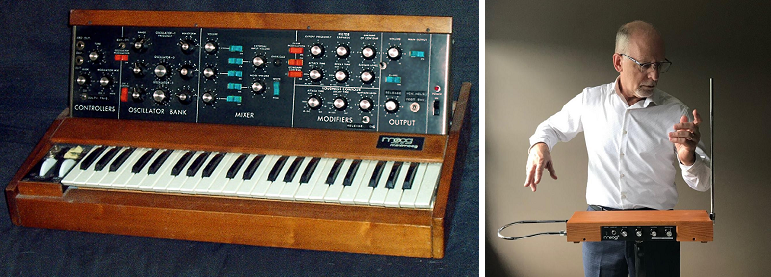
Second Image: Jeffrey Tobin Playing the Theremin. Digital Image. Indiana Gazette. https://www.indianagazette.com/news/white-township-man-plays-theremin-with-symphonies/article_ce689220-419e-56a0-a905-326f7545bbaa.html. See vintage footage of Leon Theremin playing his own instrument here.
Electronic music is a broad genre that is only really constrained by requiring the use of some kind of electronic instrument, including theremins, synthesizers, Ondes Martenots, and MiniMoogs. Many electronic instruments were originally developed in attempts to win the race to invent a working telephone. Tweaks in the methods used to send out signals may not have worked as a telephone, but they did make instruments with beautiful otherworldly tones that could be made to express the intense subtleties of human emotions. Listen to a theremin being played and take note of the impactful expression of emotion in the music through each subtle shift in tone, or think back to hearing a synthesizer in a song and how the tones expressed an indescribable feeling.
The following list is composed of SciFi movies that use electronic music to create stunning ambient scores that pull their audience into the “other” and “alien” worlds imagined in the films.
The Day The Earth Stood Still (1951)
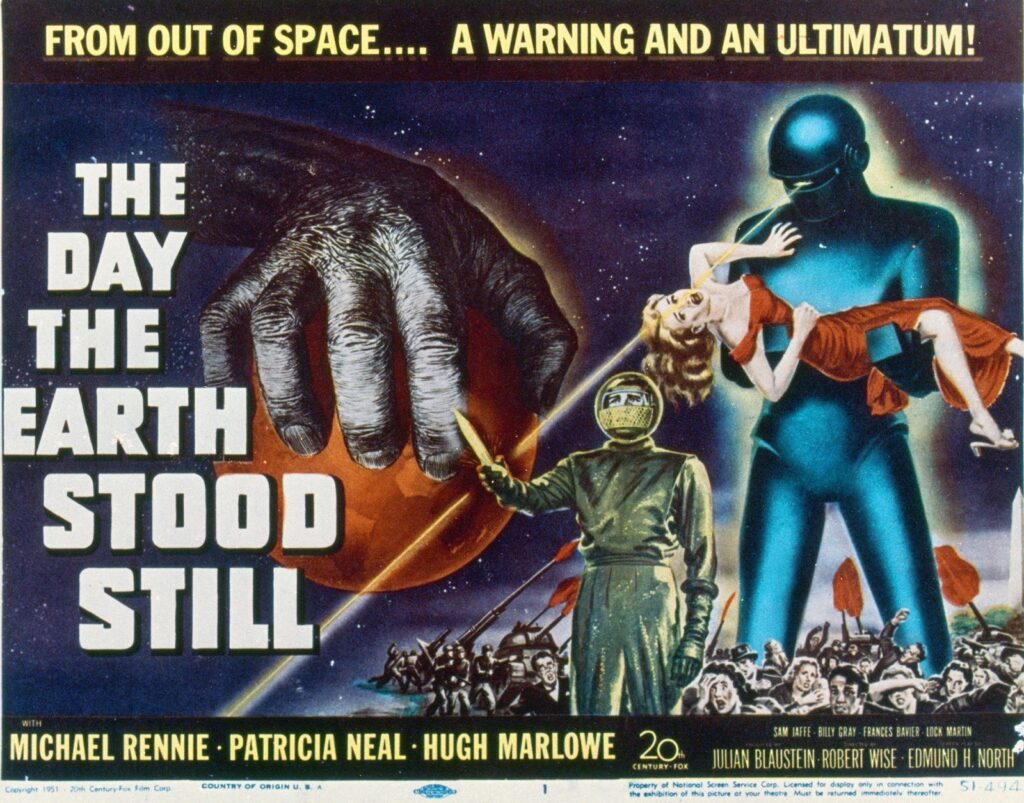
The Day the Earth Stood Still (1951) Movie Poster. Digital Image. WRTI. https://www.wrti.org/post/story-behind-really-creepy-sound-film-score-day-earth-stood-still. Listen to The Day the Earth Stood Still, “Prelude and outer space” performed on the theremin here.
One of the more common electronic instruments, the theremin, was used in this soundtrack to generate the sound effects for the aliens in The Day the Earth Stood Still. The enchanting and alien tones composed by Bernard Herrman built the suspense and curiosity in the film, making the audience feel as mystified by the alien arrival as the film’s characters. At this point in film history, electronic music was rarely, if ever, used, mostly to create brief sound effects of fearful unknowns or alien concepts and creatures instead of full scores. Upon the film’s release, the effect of Bernard Herrmann’s soundtrack on audiences was huge compared to the orchestral sound design that was typically used, and the effect of its other-worldly mood endures for present-day audiences as well.
Forbidden Planet (1956)
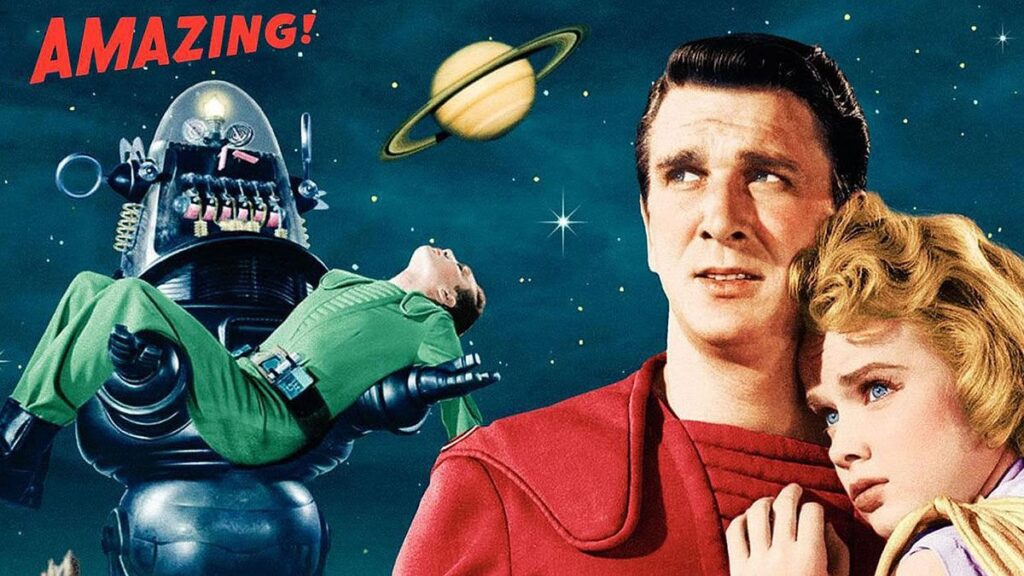
Forbidden Planet’s score composers, Bebe and Louis Barron, are heralded as pioneers and innovators of electronic music. This was the “first major motion picture to feature an all-electronic film score … predat[ing] synthesizers and samplers” (Stone). The Barrons had to invent their own instruments from cybernetic circuits and magnetic tape that they would manipulate to generate the “ring modulated warbling” (Lynne) tones heard in the film. This was such a unique and new way of creating a score at the time that the American Federation of Musicians refused to allow them to call it music or to be named as composers in the credits. The Barrons were instead credited as creators of “electronic tonalities” (Lynne). However, the dismissal of their work at the time did not diminish the emotional impact that their work had on the film, nor the influence their work would have on the whole genre of SciFi. Bebe Barron herself is quoted as saying that “the sounds which emanate from the electronic nervous systems seem to convey strong emotional meanings to listeners” (Laudadio), and they do so in a way that is fantastical and alien, but still conveys an emotional context that audiences can understand and relate to. The tones that are generated set audiences on edge and plunge them into the same unfamiliar alien world as the characters in the film, fully immersing them into the titular forbidden planet, Altair IV, and the strange and mysterious events that unfold upon it.
Blade Runner (1982)
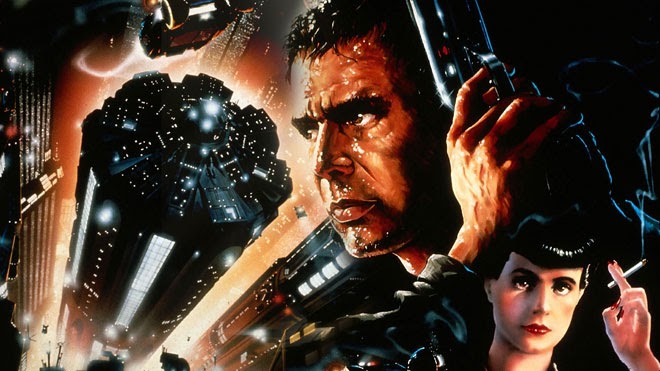
Synthesizers (or “synths,” for short) were used in the soundtrack of Blade Runner in a way that could only have emerged from the 80’s. The composer, Vangelis, created the enticing sound design that drew people into the film and cemented Blade Runner as an essential classic film in the SciFi genre. The score created the otherworldly atmosphere of futuristic noir necessary to the storyline. That air and environment was masterfully evoked in the sweeping emotional charge in each track, from the melancholic tonal drawls in the track “Memories of Green”, to the emotional but still uplifting warbles in “Tears in Rain”, to the futuristic awe from the synthetic wails of the main title. The score pulls the audience along through the shifts in emotions from the development of Blade Runner as the story travels along.
Run Lola Run (1998) Original German title: Lola rennt
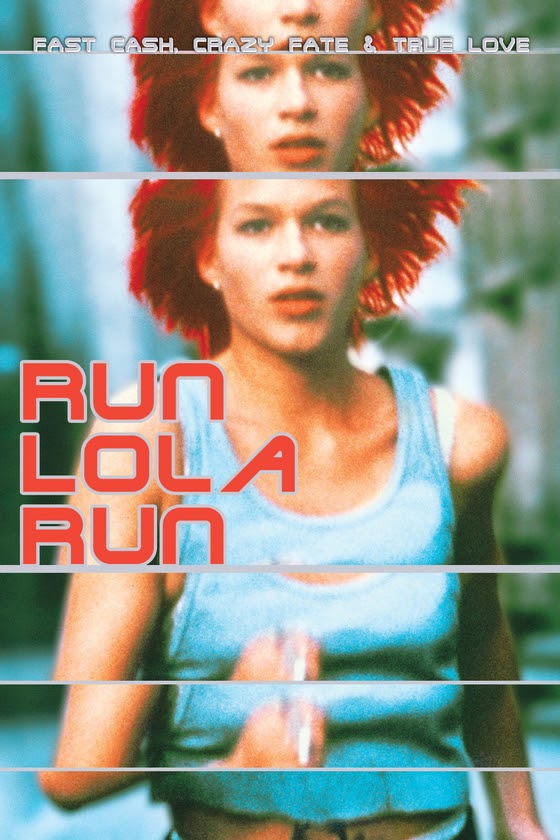
Run Lola Run delves into the more techno-pop/rave subgenre of electronic music, and while it leans more towards thriller than SciFi, the track is too beautifully done to ignore. The score, composed by Reinhold Heil and Tom Tykwer, embodies the anxiety that the titular Lola is feeling from the life-or-death situation the film’s plot forces her into. The film is fast paced and second-hand stressful to the audience watching Lola’s day devolve, and the score matches that energy perfectly. The overall vibe of this soundtrack and film can be gleaned from a line from the track “Running Two” that says “just go, go/and never, and never think/just do, do” which is exactly how this score makes the audience feel as Lola does whatever she can as fast as she can to save the lives of herself and her boyfriend. The techno pulses reinforce the stress of the film’s action and set the audience on edge right alongside Lola, so that they can feel exactly what she feels and be fully immersed in the film-watching experience.
Ex Machina (2014)
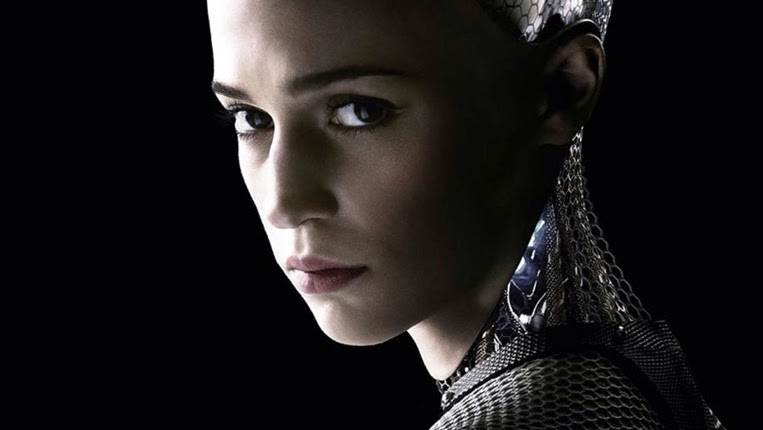
The score for Ex Machina, composed by Geoff Barrow and Ben Salisbury, creates an unsettling atmosphere for the full duration of the film that makes the audience feel put off and anxious. Barrow and Salisbury had an interesting way of evoking these feelings, creating an almost minimalist-feeling soundscape that draws the audience in, the intriguing sounds keeping them guessing about what could be coming up next in the plot. There are eerie, haunting trills in some of the tracks like “Watching,” which incite a sense of curiosity that gets counterbalanced with deep rhythmic pulsing that feels like a subconscious warning. But there are also sounds that embody the exciting spirit of innovation and the desire to learn new things. The composers manifest this spirit with echoing chimes that feel light with their uplifting lilts, such as in the track entitled “Ava”. Overall, the electronic tones in this soundtrack dance between emotions in an elegant way, using the intricate tones allowed by electronic instruments.
Annihilation (2018)
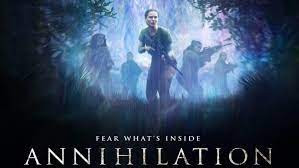
In Annihilation, another Barrow/Salisbury soundtrack, the composers chose to develop the electronic music as the plot progresses and the environment changes to become more and more alien. The opening of the film has a more traditional orchestral score and even some acoustic elements, but by the time the final act comes the music is almost entirely electronic. In one of the final tracks “The Alien”, there is no dialogue or sound occurring in the film other than the soundtrack itself, so the composers turned the score into a direct vehicle for conversation and plot development. In that track, they create tones that sound like electric trombones having a conversation, during which they come to a consensus with one another, leading to the resolution of the film. By drawing the ambient soundtrack to the forefront over the course of the film, Annihilation‘s composers communicate the developments that unfold during the surreal final act.
Upgrade (2018)
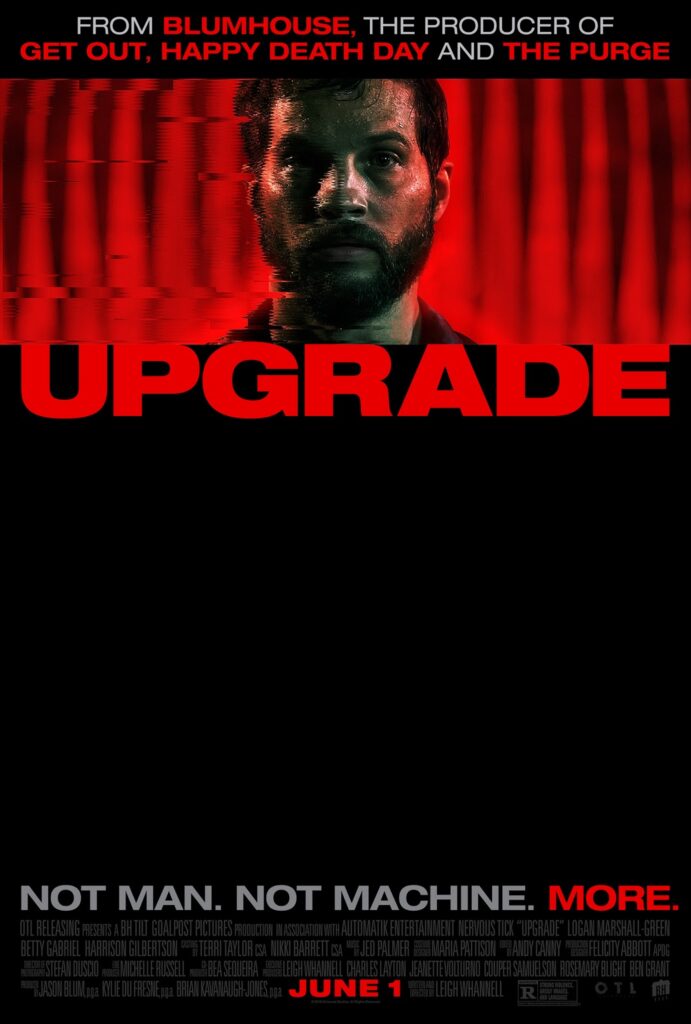
Jed Palmer is responsible for Upgrade’s score, and he created it in a way that cultivates the cyberpunk aesthetic of the film and emphasizes the actions and evolutions of the artificial-intelligence implant, called”STEM”, as the film progresses. The haunting echoed tones throughout tracks such as “Aftermath” evoke a feeling of dystopian bleakness that connects the audience with the deeper themes of grief, revenge, and the dark side of technological advancements that come from the perspective of the main character, Gray. It’s those electronic echoes that set the tone throughout the entire film and pull the audience into the setting of a technologically advanced urban metropolis. The tones can also shift though, to provide the hard energetic lilts that drive the audience through the more eventful scenes such as “Run Gray Run”. The design of the electronic elements in the score complements the emotional shifts in Upgrade and deepens the understanding that the audience has of the film.
Though technological advances in electronic and computer music have changed the craft of soundtrack creation over time, it is fascinating to hear composers use the new technologies to find new ways of conjuring what are often timeless human emotions. CR
Do you have thoughts on how electronics have influenced soundtracks over time? Have you ever seen a favorite film with different music playing over the visuals? Do you tend to notice the soundtrack of a film, or does it only affect you subconsciously? What is the best/worst/scariest/funniest electronic soundtrack you have ever heard? Let us know in the comments section!
Media Services student staff member Cas Regan is a Junior at IU in the Earth Science B.S. program with minors in Chemistry and Geographic Information Systems (GIS). In addition to classes and working for Media Services, they are also the VP of the Beekeeping Club at IU and spend their free time caring for the club’s hives at IU’s Hilltop Gardens.
Sources:
Laudadio, N. “What Dreams Sound Like: A Brief History of the Electronic Musical Instrument in Film and Song.” University of North Carolina at Wilmington, Department of English. http://www.trifectapress.com/text/ElectronicInstruments.html
Lynne, B. “10 Unforgettable Electronic Movie Soundtracks.” Shockwave Sound. 18 May, 2021. https://www.shockwave-sound.com/blog/10-unforgettable-electronic-movie/
Stone, S. “The Barrons: Forgotten Pioneers of Electronic Music.” NPR. 7 Feb., 2005. https://www.npr.org/templates/story/story.php?storyId=4486840
Leave a Reply